The newest 2 lenses from Tamron are the 45mm and 35mm primes, both with a maximum aperture of F/1.8. Let me share a couple of thoughts after being used one of the units, the 45mm F/1.8, for two weeks.
Taking out the unit out of the box you can instantly feel the smell of the quality: beautifully designed solid heavyweight lens, well finished hood and front/rear caps. Looking at the champagne coloured metallic looking ring near to the rear side, I'd even say the design is a bit fetching. The overall feel is lots of metal and a little plastic. So a step forward from lots of plastic and a little metal from their lenses available to date.
I cannot refuse discussing about the tempting weight topic again. What is a good weight for a lens? Are heavyweighters better, or is the light weight unit better? For a bigger camera (FX) I believe a good match should be not so light lens. Thinking about the term "well balanced photographic tool", so a nice balance between the camera body and lens, I'd say the relatively heavy weight of Tamron 45mm F/1.8 is a nice match to a full frame body. Meanwhile, again, for the users looking for the combination of quality and pocketability, the DX dedicated alternatives is definitely a better match..
As with the prime lens, there's one specifically nice advantage available - you cannot zoom. Useful for several reasons, including: 1) improves your creativity; 2) prevents photographers to be deadly lazy (why should I walk when I can zoom :) ). The 45mm sits somewhere there, not being too wide, not being too telephoto; so somewhat a compromize: you can accommodate something to your photo, but you cannot get your subject too close as well. If the Gods of Photographs would give you just one lens to use, I think 45mm would be in their list.
The way the engineers at Tamron think, seems to be extremely easy: sharp wide open plus the image stabilizer supporting it all. This goes for the majority of lenses in production since 2012. The all new 45mm F/1.8 is no exception - it IS sharp wide open and the VC does work really well. I find myself trying to get a "shaken" photo with an exposure time of 1/3s. It's not that easy! (See the photo with waterfalls). Shooting in excellent light conditions you can of course switch off the stabilizer; however, in poor conditions it may save you some nice shots. I believe the day you can make a photo as bright as a daylight in a completely dark conditions, is not so far away - in cooperation with improved (future) camera sensors, optics and stabilizers.
How does the autofocus work? So boringly well that I would not spend a single more word about it. It's a tool, it does its work, and 99+% of your shots will be nice and sharp. The USD unit is silent; if you really want to hear how it works, of course you can place your ear next to it and enjoy the smooth sound :)
The lens is able to focus as close as 23cm from the sensor. Not a real macro, but better than most competitors at this range. The possibility to focus so close also results in lovely bokeh with wide and medium apertures.
I'd separately like to point out the usability of manual focus. As the lens is lacking the zoom mechanism, there's lots of room for the focusing ring in the body. Moving the focus right is very smooth, I'd even say it is appealing enough to forget the autofocus for some time (to compare with the zoom lenses when using the manual focus is rather frustrating due to thin focus ring).
The requirements for the prime lens regarding to image quality are always very high. Is the new 45mm F/1.8 up for it? I have no doubt to say yes it is. Unfortunately I do not have the Sigma ART series 50/1.4 here for comparison, but I can easily say the overall image quality across the frame is a bit better than Nikkor 50/1.4G. There's some softness at the corners (full frame) at the widest aperture though. Starting from F/2.5 there are no complaints for the image quality at all. I later dig to the internet reading some users are not happy with the levels of CA, however it really depends on a certain scenario - you can have some chromatic aberration, if the contrast is really high (typically very dark objects agains really bright background). Overall, the image quality is really pleasing - well saturated colours, consistent rendering across the frame, also images are very contrasty, so there's very little you have to do at your digital darkroom when opening raw files.
The next big question - does the bokeh qualify to be called buttery and smooth? I'd say yes again. The diaphragm blades are rounded, so capable of creating circular aperture at majority of settings. As said before, when shooting the real closeups, the out of focus area will remain so smooth that you can only imagine what's there at the background - the subject is so well isolated.
So to summarize. I noticed something quite unusual when using this lens - when I was first using the lens at the beginning of a test time, I could easily evaluate the lens as something pretty boring and uninspiring.. just a typical prime lens that performs well. After walking around two weeks my thoughts were exactly opposite - this one can really perform! I didn't want to take it off my camera and I caught myself thinking the other lenses will get covered with dust in the next following months :) I'd also say the feeling could be considered as something like "back to the roots". It is just so pure and simple - to take a photo with a prime lens. Very basic, very capable and you feel a nice pressure you are responsible to get some nice shots with such a well performing glass.
So at the end - it's all about a combination of simplicity and quality. Tamron 45mm F/1.8 is ready to serve you this all - just be ready to use that all. And now, if the Gods of Photographs would only give you just one lens to use - it would definitely be one of the best choices.
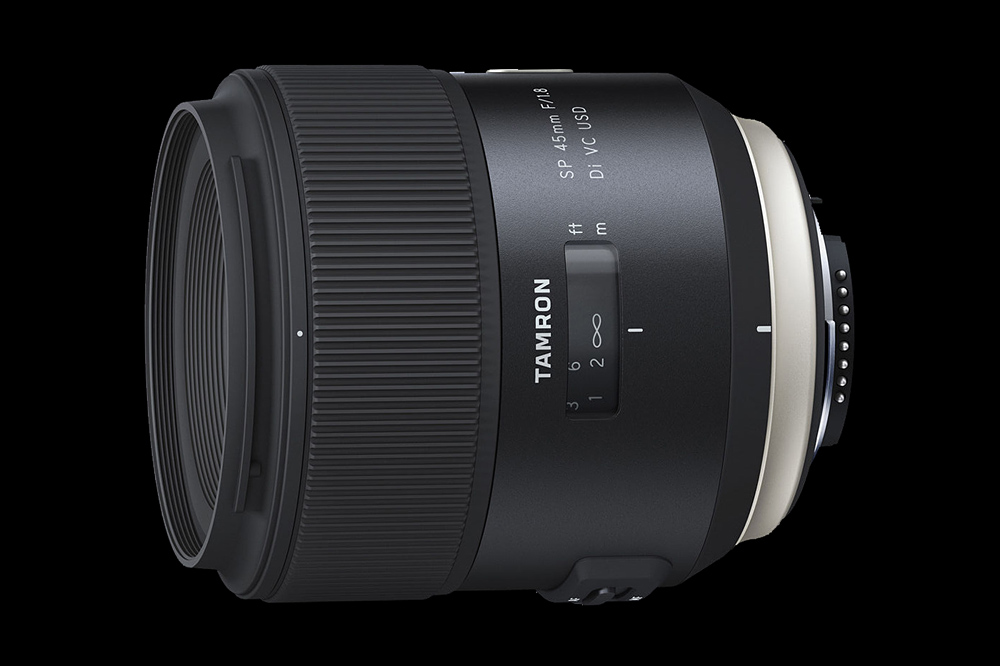
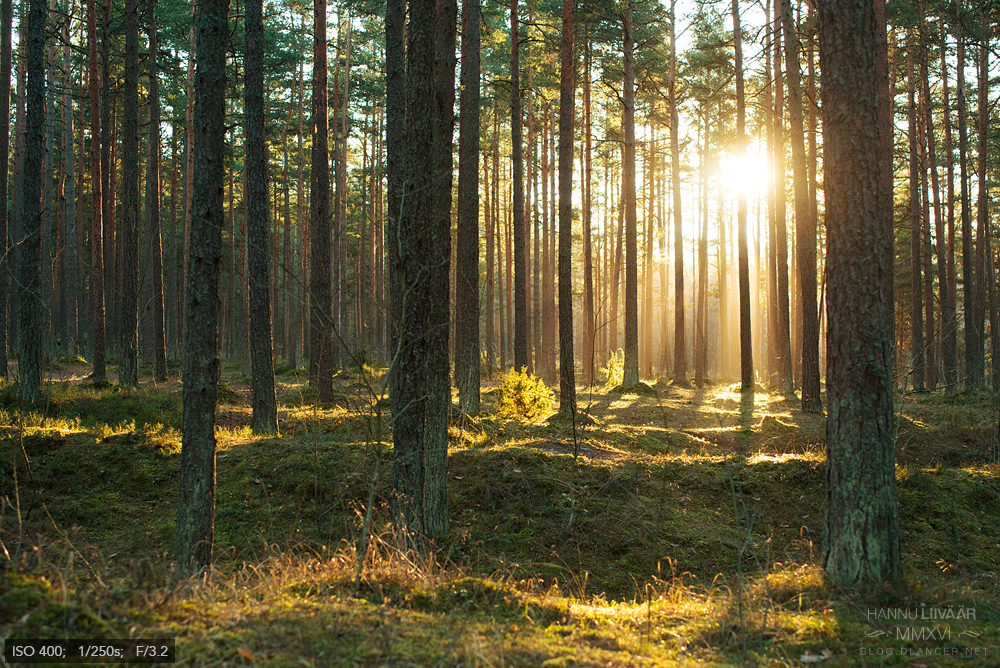

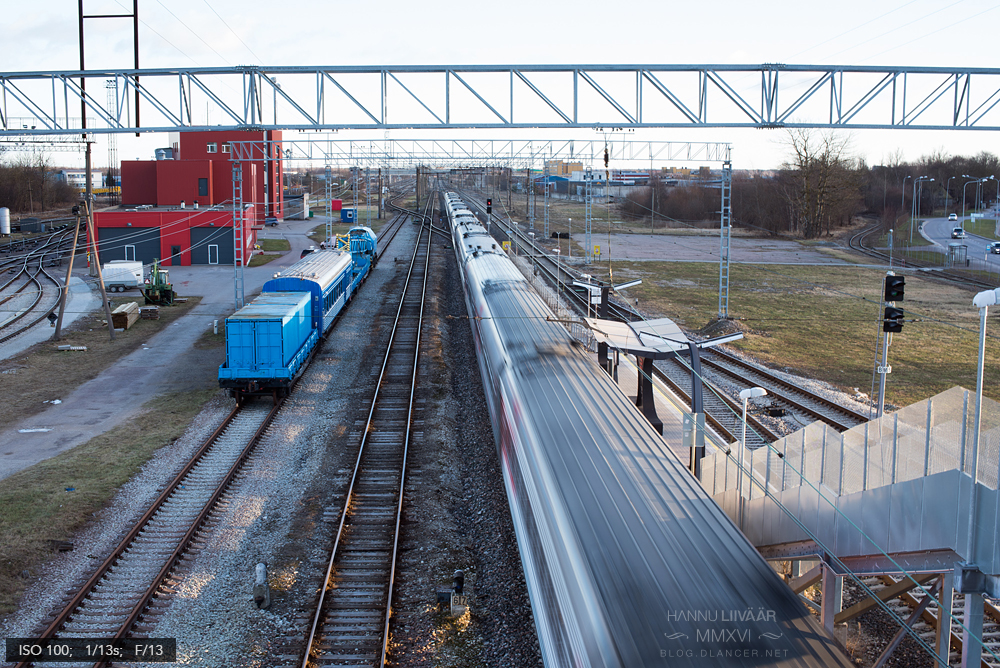




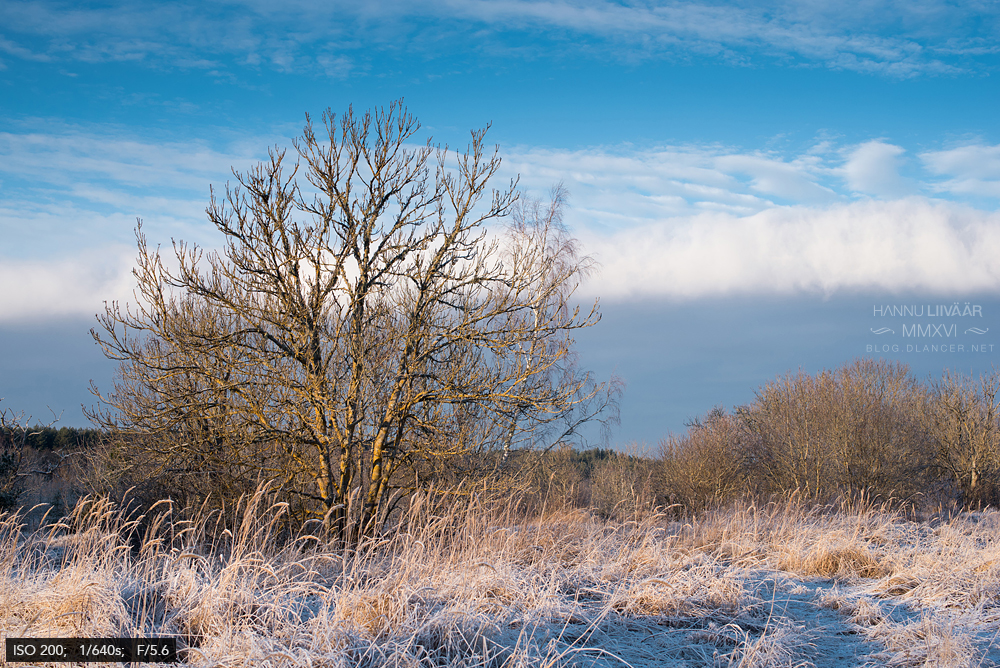
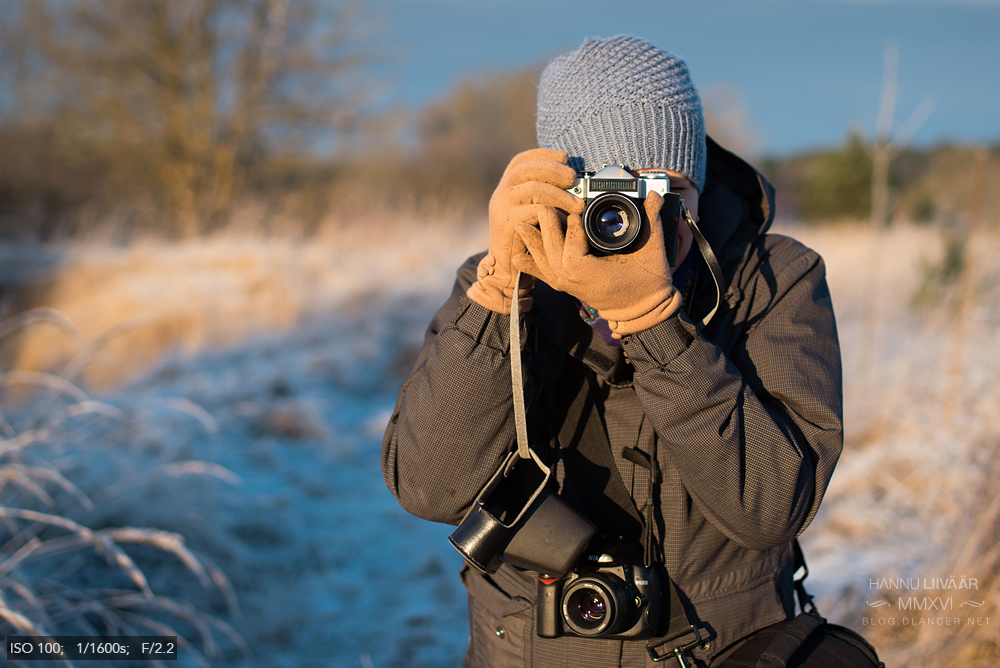
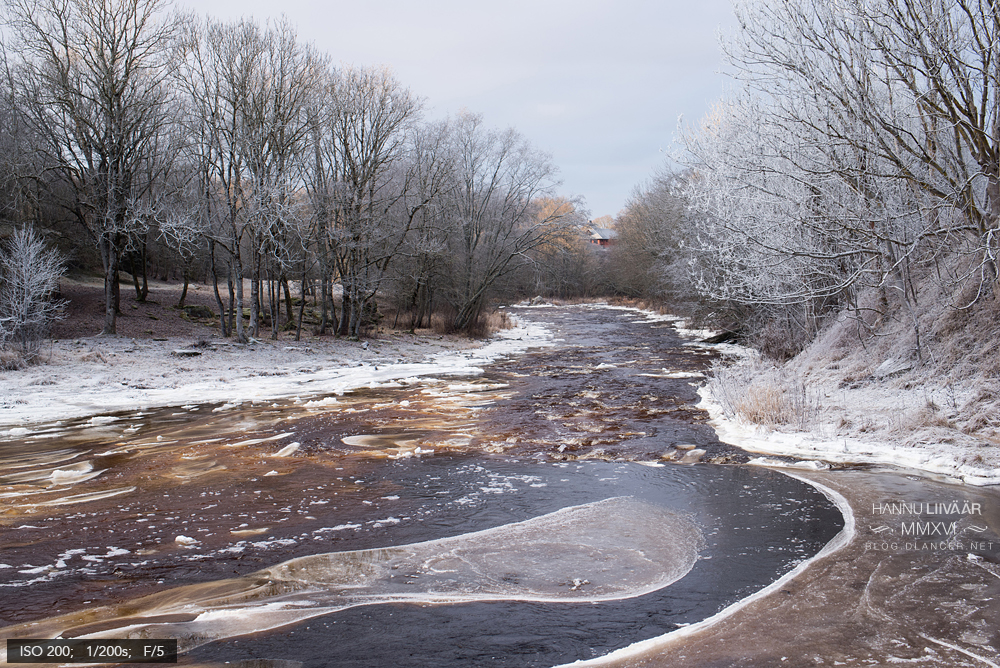






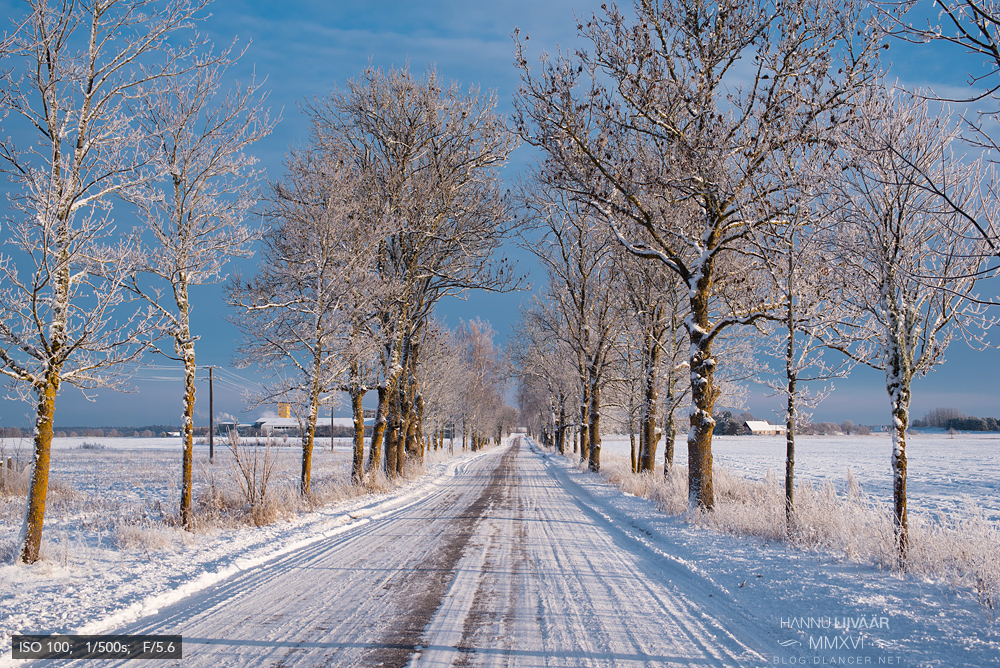

No comments:
Post a Comment